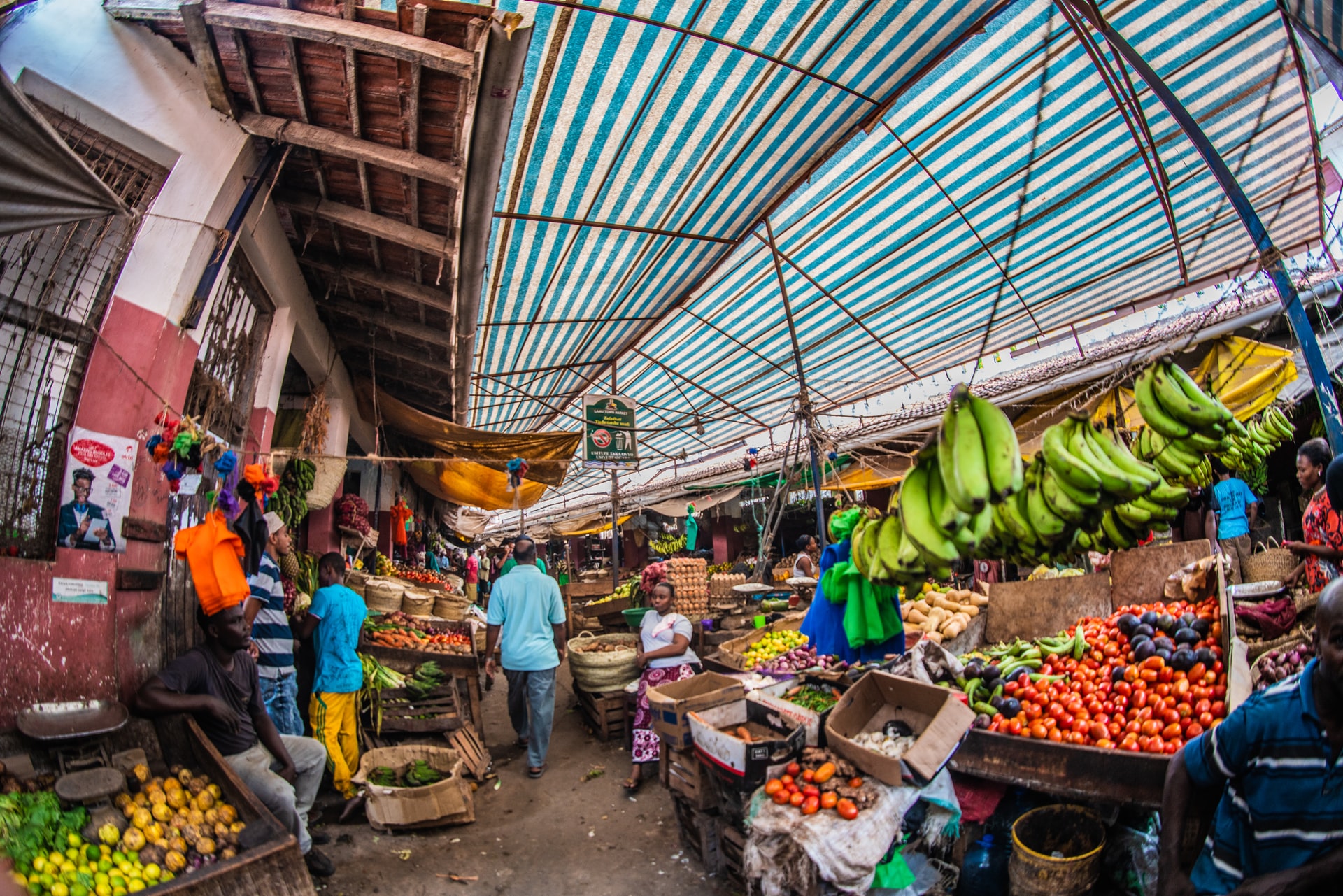
Digital payments have been growing rapidly in emerging markets over the last ten years or so, since the establishment of MPESA in Kenya in 2007, writes Pavel Matveev, CEO of Wirex.
MPESA relies on 120,000 retail agents who take in and dispense cash to users around the country, and in 2017, MPESA processed 1.7 billion payments with a value of $29 billion – almost half the GDP of Kenya.
What’s Happening During Lockdown?
If users need to deposit cash into a payment system like MPESA before they can send it digitally – what happens when they can’t get to the store? Likewise – if recipients need cash, what do they do?
In Kenya, that dilemma is less of a problem because the MPESA ecosystem is so thoroughly penetrated throughout the economy that over 90% of adults have it, and almost all merchants, taxis and other businesses use it. In just over 10 years, Kenya has adopted digital money almost entirely.Nevertheless, that’s not true in other countries who got a late start in the digital money revolution.
The Case of India
Just last month in India, hundreds of thousands of migrant workers were stranded when the government locked the economy down, losing their employment and having no money to send to their families. For them, the economic stress of the lockdown has been severe.
MoneyOnMobile, an Indian payment platform with 350,000 agents and 250 million users mostly processed domestic remittances in 2018 – one-way transmissions from husband to wife. Users didn’t typically leave value in the system. Rather, they put cash in one end and took cash out the other, since the merchants would generally only accept cash, which was unlike Kenya, where users left value in the system in digital form and all participants in the ecosystem used MPESA. If you can’t make a deposit or a withdrawal in person, then you don’t transmit money digitally, so the whole system doesn’t work. Back to cash.

The real winner in India is the government-sponsored Universal Payments Interface system or UPI. UPI is a switch that connects billers and payers through a central government developed and managed switch. Money still resides in regulated banks, but UPI has made payments in India cheap and fast.
UPI is ideally positioned to see increasing transaction volumes during the Coronavirus crisis. Likewise, PayTM and PhonePe are also well positioned to grow. These systems are also getting a boost from the government; on 16th March, the Reserve Bank of India issued a circular advising the public to “avoid using cash which may require going to crowded places for sending money or paying bills.”
Surely no government message was required to boost online payment methods during the world’s biggest population lockdown. For the month of February 2020, UPI processed 1.3 billion payments, the highest number of transactions since its creation in 2016. Saurabh Tripathi, a consultant with the Boston Consulting Group estimates that UPI will process 50% of all transactions occurring in India within 2 years – three times the share of ATM withdrawals. The Bank for International Settlements concluded in December that the example of India’s digital financial infrastructure “has the potential to transform the emerging markets and advanced economies alike.”
Nevertheless, the Supreme Court is also beginning to recognise the growing importance of cryptocurrency within the country as well, having recently overturned the RBI’s ban on financial institutions providing cryptocurrency-related services. There is an already flourishing interest in cryptocurrency within the region, and with a large population of 190 million unbanked, it will certainly be interesting to see how India adopts this in the future.
The Importance of Cash in Africa
Cash is still very much king throughout Africa. 90% of all retail transactions and 80% of all bill payments take place in cash. With mobile phones being the key to digital payments in other emerging markets, Africa lags with only about 45% mobile phone penetration overall. Only a smaller fraction of those are smartphones capable of reading a QR code or supporting an app. Still, digital payments combined with a clear and beneficial use case is taking off.
Jumia is known as the ‘Amazon.com of Africa’ since it combines ecommerce and payments to provide a bundle of advantages for consumers. Juliet Anammah, Jumia’s chairwoman recently commented that the global public health crisis has spurred demand for digital commerce and along with it, digital payments. She commented that they “expect that consumers who have suddenly seen the benefit in ordering online and shopping and paying in a contactless manner, it’s a habit consumers will want to continue going forward.”
Before the virus, consumers and merchants were quite content with cash-on-delivery, but the pandemic made it clear that “the handling of cash could be a potential means of person-to-person infection.” She added that the company didn’t have to create something new to respond to the crisis, since Jumia had Jumia Pay, which could be adapted via the use of tools like QR codes to allow customers the option of contactless delivery.
Other Payment Systems within Emerging Markets
Other digital payment systems exist in emerging markets worldwide including South America and Asia. For example, Cambodia is set to launch its own digital currency for domestic use – leapfrogging its own domestic currency. Some 84% of all transactions in Cambodia are done using the US Dollar, not the Cambodian Riel. While most counties see digital currencies as a threat to the fiat ecosystems, Cambodia is using digital money to recapture sovereignty.
Emerging markets have been the scene for creative innovations in payments for the last decade. Each country is a test lab for digital currencies and payment methods – look for more innovations to come.






